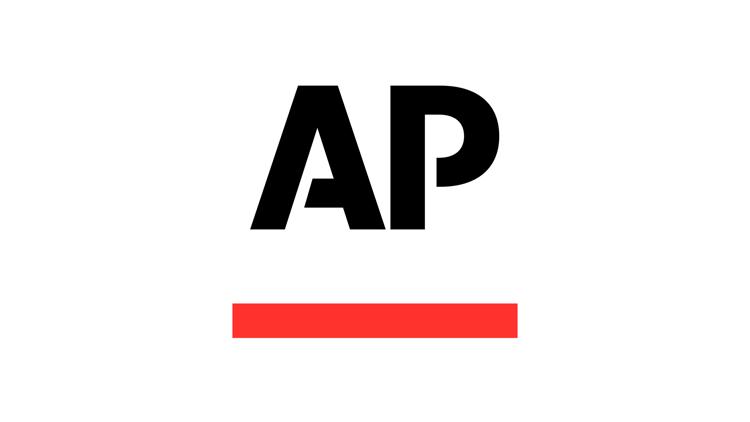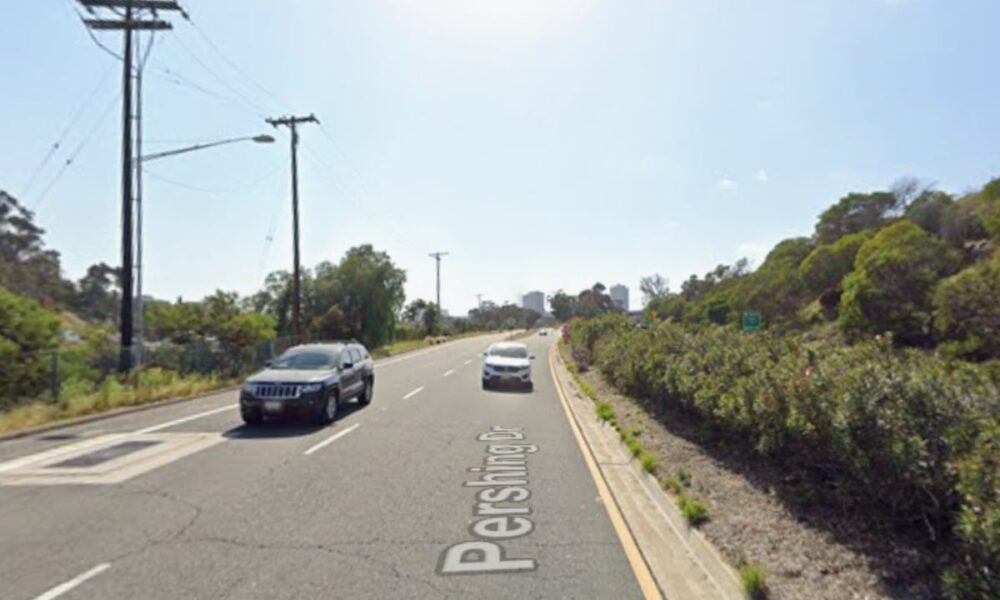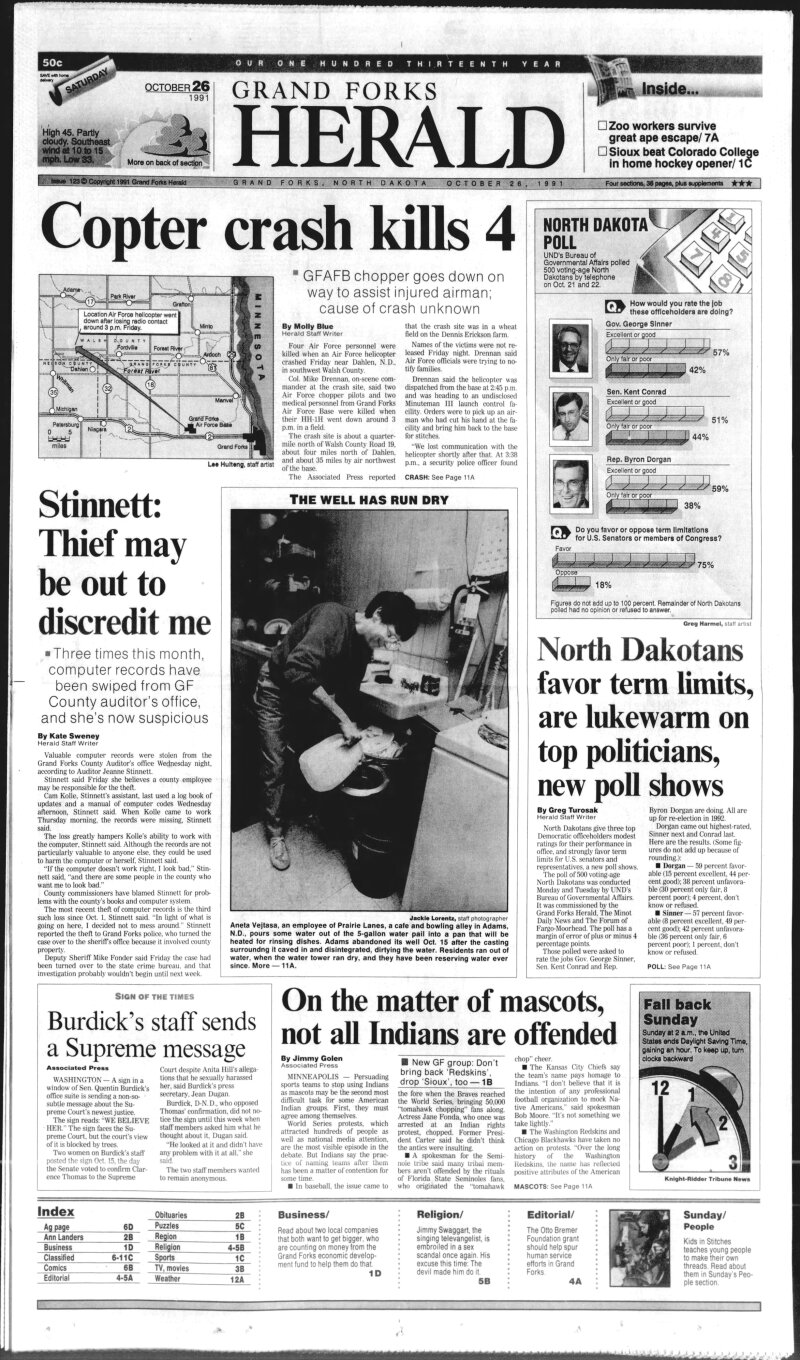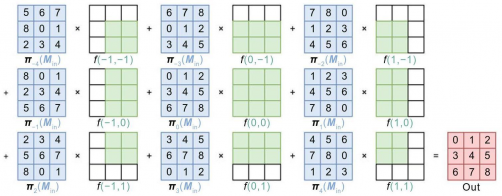UPDATE: The underground trash fire at Chiquita Canyon is escalating, with Assemblywoman Pilar Schiavo warning it could burn for at least 20 years. During a tense news conference at Castaic Community AME Church, Schiavo described the situation as a “literal dumpster fire,” highlighting that the problem has tripled in size.
Residents gathered to hear the alarming news, emphasizing the urgent need for action on landfill regulations. Schiavo, representing Chatsworth, called for transparency and trust from the California Air Resources Board (CARB) to protect communities from the ongoing crisis at Chiquita Canyon Landfill.
During the event, residents expressed the severe impact the landfill fires have had on their lives. “We’re really here to work towards real solutions,” Schiavo stated, urging community participation in an upcoming virtual meeting about air-quality rules scheduled for 9 a.m. on July 20, 2025.
The landfill’s issues stem from a settlement problem and an “elevated temperature landfill event,” where trash burns at approximately 240 degrees. Jane Williams, executive director of California Communities Against Toxics, noted that combustible materials like metallic dross and wildfire ash are part of the problem.
“This situation developed due to the way the methane-extraction system works at the over 60-year-old landfill,” Williams explained. She warned that increased methane extraction since 2012 has led to more frequent landfill fires. “Pulling too much from the landfill pulls air into the subsurface, acting like a bellows,” she said.
Chiquita Canyon is one of 11 landfills facing elevated temperatures for over three years. Monitoring data remains incomplete, raising concerns about the potential for more smoldering events. Without updated regulations—some over 15 years old—these issues are likely to persist.
Schiavo is advocating for two significant legislative efforts to address the crisis. The first is Assembly Bill 28, aimed at stricter landfill regulations. The second is the CARB public hearing next week, where residents can voice their concerns about methane emissions from solid waste landfills.
Residents, like Nora Lynne Clemmons, expressed their frustrations during previous discussions. “How is it that we are in this situation? It’s literally your job to keep these things from happening,” she said, emphasizing the urgency for new solutions.
Methane emissions from landfills represent over 20% of California’s total methane emissions. Estimates suggest that improved gas capture could reduce emissions by approximately 17,000 metric tons annually, translating to social cost savings between $56 million and $178 million over three years.
As local residents brace for continued impacts from the Chiquita Canyon fire, Schiavo’s call for action is more pressing than ever. For those interested in the upcoming CARB meeting, details on how to attend online will be available at bit.ly/4oEoMon. Residents can also submit electronic comments at ww2.arb.ca.gov/lispub/comm/bclist.php.
The situation at Chiquita Canyon is a stark reminder of the urgent need for effective regulatory measures to protect communities from environmental disasters. With the fire expected to smolder for decades, the fight for transparency and accountability is just beginning.







